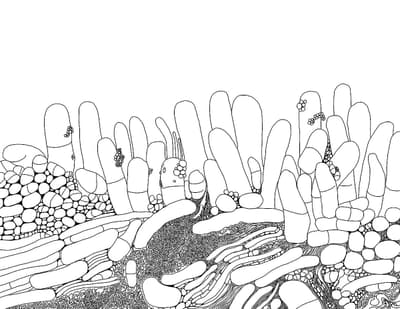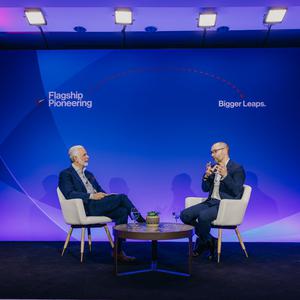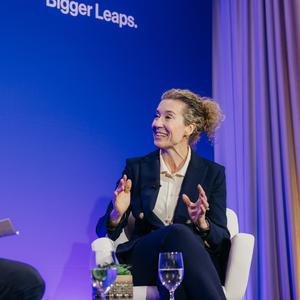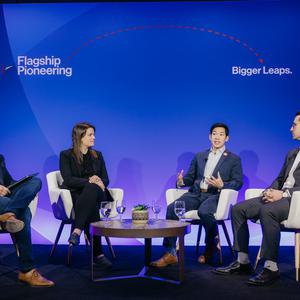Every kingdom of life is present in the human ecosystem: bacteria, fungi, protista, archaea, plants, even animalia. Every cell in your body contains symbiont organelles with their own genomes. Eight percent of the DNA in your nuclei was placed there by retroviruses. There are more microbiota on your skin, in your gut, and in the crannies of your body than human cells, and these microbes carry hundreds of times more information than your own cells.
We coevolved with these myriad other species, and our bodies are an unending storm of interspecies molecular interactions. As systems, we are commensal holobionts: communities of human cells and complementary microorganisms. We metabolize carbohydrates and proteins from other living things, and we depend on plants and animals for essential minerals that we cannot make ourselves.
Why are humans so dependent on other species? Evolution is parsimonious. In every ecosystem, including the human body, life enforces both a division of labor between species and unceasing war. Organisms work together and against each other to maximize resource utilization. Biologically, this manifests as a continuous bidirectional exchange of molecules: joint metabolism, coordinated signaling, pathogenic toxins, and antibiotic exchange.
At Flagship Pioneering, we call this emergent network behavior intersystems biology, and we have created several companies, including Senda Biosciences, to explore and exploit its potential to create life-changing medicines.







